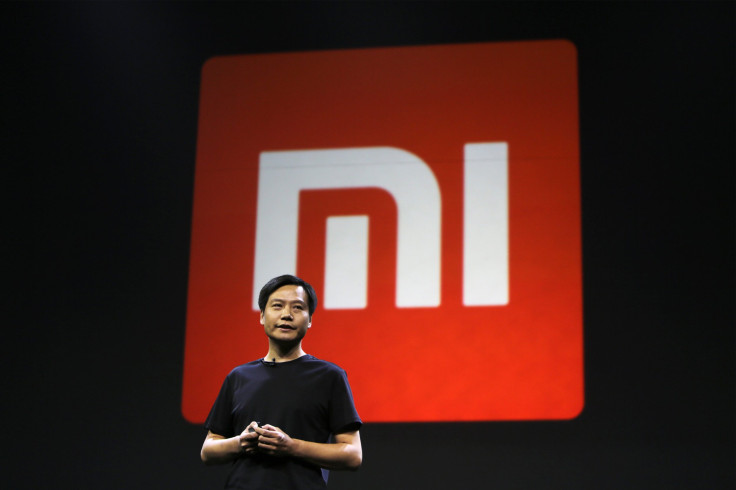Xiaomi Redmi 2 Pro Visits FCC: Rumored To Be The First Xiaomi Handset To Be Unveiled In US

The entry-level Xiaomi Redmi 2 Pro has reportedly cleared the FCC certification. This is technically the first Xiaomi device to get approved by the U.S. regulator.
Not long ago, Xiaomi’s President Bin Lin told The Wall Street Journal about the possibility of selling phones directly in the U.S. However, readers should note that Xiaomi has been selling “unlocked” international variants in the U.S. for a couple of years now.
Based on the FCC listing picked up by Liliputing, the Xiaomi Redmi 2 Pro specifications will include a pocket-friendly 4.7-inch display, aided by 720 x 1,280 pixels screen resolution. Under the hood, a Qualcomm Snapdragon 410 SoC will apparently power the device and it will be backed by 2 GB of RAM.
When it comes to memory specification, the device is reported to come equipped with 16 GB of native storage space. A modest 2,200 mAh battery cell will help keep the lights on. Apart from the standard connectivity options like 802.11b/g/n WiFi and Bluetooth 4.0, the phone will also support 4G LTE.
The Xiaomi Redmi 2 Pro will apparently work under GSM bands like 850 and 1900, in addition to LTE bands 2, 4 and 7. This means, the upcoming handset will be compatible with T-Mobile and AT&T networks. Nevertheless, readers are advised to take the reported Xiaomi Redmi 2 Pro specifications with the proverbial pinch of salt as the company has not confirmed any details so far.
Meanwhile, Phone Arena said that the Redmi 2 Pro seems like the “modified version” of the Xiaomi Redmi 2 Prime, released not long ago in China. This handset apparently retails at an equivalent of $110 in China.
Liliputing says Xiaomi might be interested in expanding its market presence in the U.S. by offering contract free phones straight from its official Website. This purchase model is similar to the ones followed by Motorola, Asus, ZTE and BlackBerry.
© Copyright IBTimes 2024. All rights reserved.




















